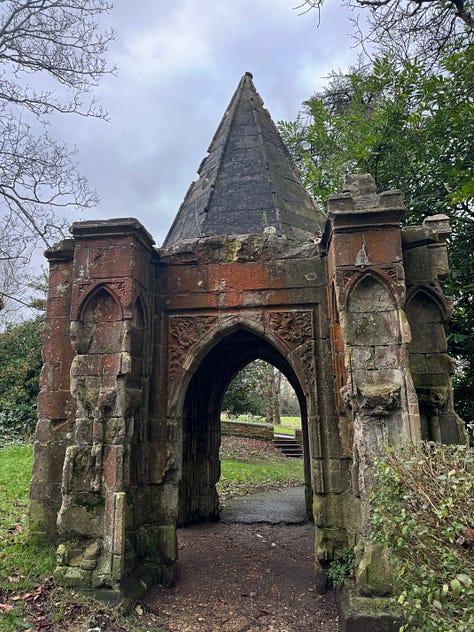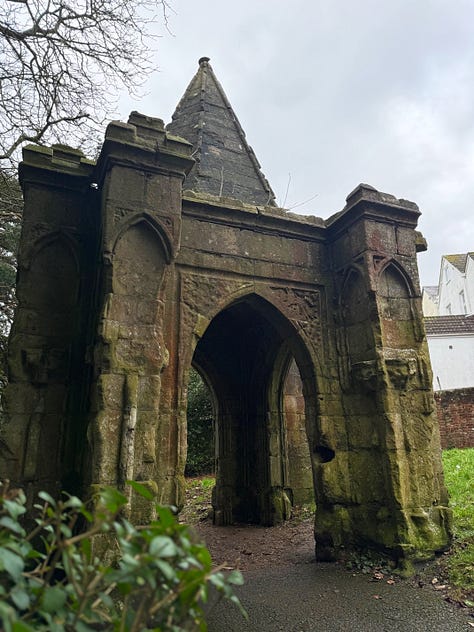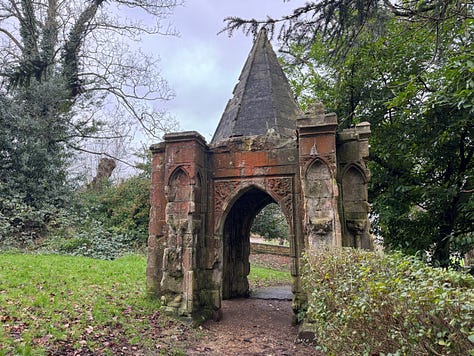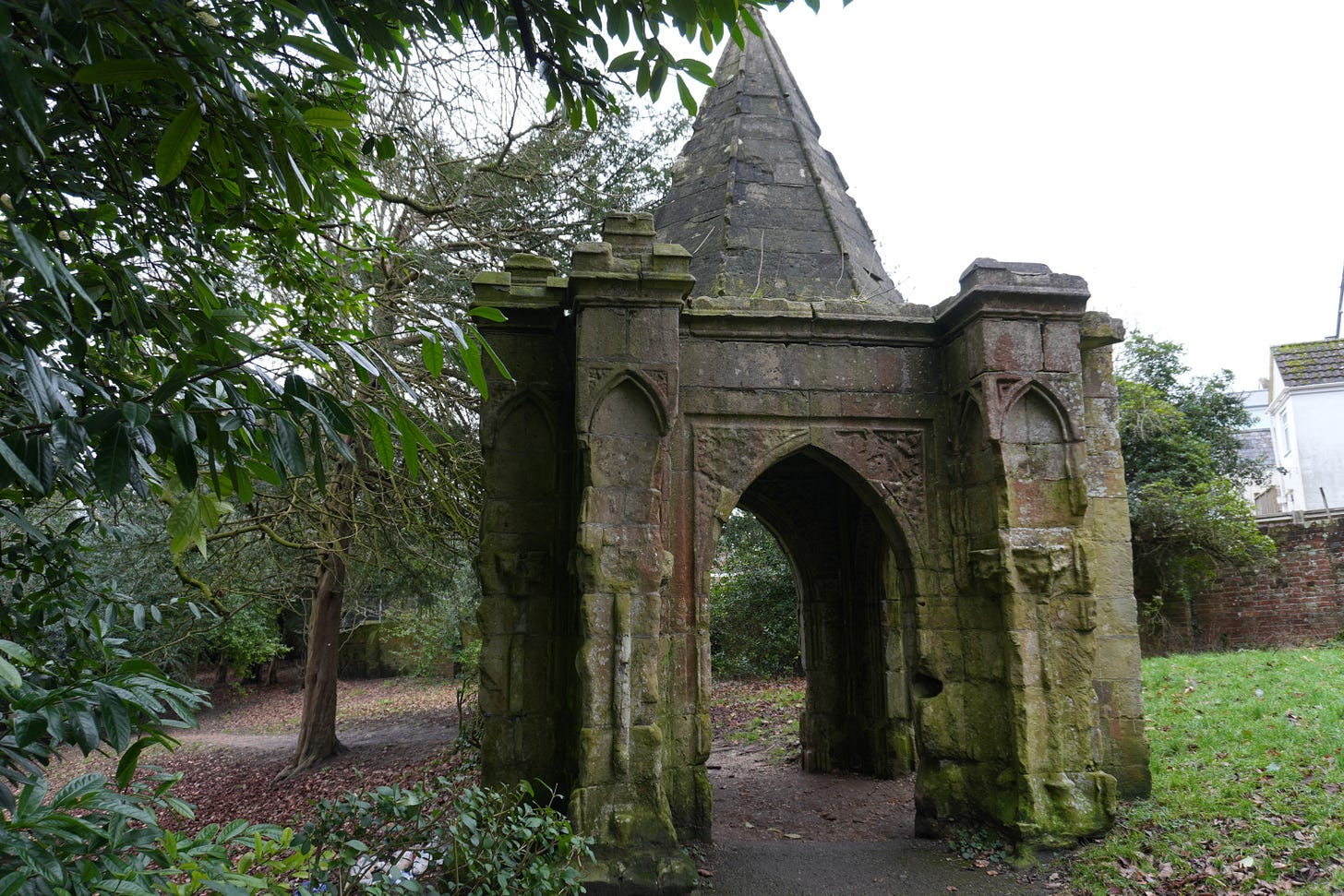Inside Salisbury: Conservation work on historic porch and a devilish occurrence at former pub
Revealing the history of Salisbury



By Annette J Beveridge
A historic porch in Bourne Hill Gardens is to undergo conservation work this month.
The historic porch was originally a part of Salisbury Cathedral and had been removed by James Wyatt from outside of the north transept. English Heritage lists it as a stone four-sided structure and small but ornate panelled buttress with crenellated caps (battlements) flanking two-centred arched openings.
There is leaf moulding in spandrels, (horizontal decorative elements), fleurons (printer’s flower) decorating the surrounds and inside, a shallow lierne-vault (a tertiary rib connecting one rib to another).
The stone spirelet and pinnacles were added when the porch was re-erected at Wyndham House.
Councillor Paul Sample said: “In recent years, this porch has fallen into disrepair. It can be found in the southeast corner of Bourne Hill Gardens. The porch dates back to the 15th century. It was taken from Salisbury Cathedral and re-erected in the garden by the owner of Bourne Hill, Henry Wyndham, in 1791.”
Set to cost approximately £21,000, Salisbury City Council is working with D&N Maintenance and Albion Stone Masons. The project will remove rusting iron cramps, reinstating structural ties with stainless steel fixings while removing unsuitable cementitious repairs and utilising lime mortar instead. Damaged stone surfaces will be restored and embedded roots removed.
Rusting iron cramps which expanded over time caused the stone faces to crack and at the base of the spire at the point where it intersects with the main structure, a cementitious mortar haunch had been installed to divert water away towards designated drainage outlets located at the corners. However, the haunch has suffered from root penetration over time.
Approximately 60% of the string course has been lifted and displaced by root growth, causing further disruption to the perimeter stones. This displacement allows water to seep in, encourages the propagation of seeds and contributes to the ongoing deterioration of the upper structure.
These factors have led to the necessity of restoration work to preserve the historical structure.
A devilish occurrence at the Cartwheel Inn
During the Civil War, Salisbury was occupied by a Royalist Force under George Goring who became a Lord. At some point between 1624 and 1625, a very strange occurrence took place at the Cartwheel Inn located on Milford Street. The occurrence was so strange that it was even reported and discussed in Parliament.
Keep reading with a 7-day free trial
Subscribe to Inside Salisbury to keep reading this post and get 7 days of free access to the full post archives.




